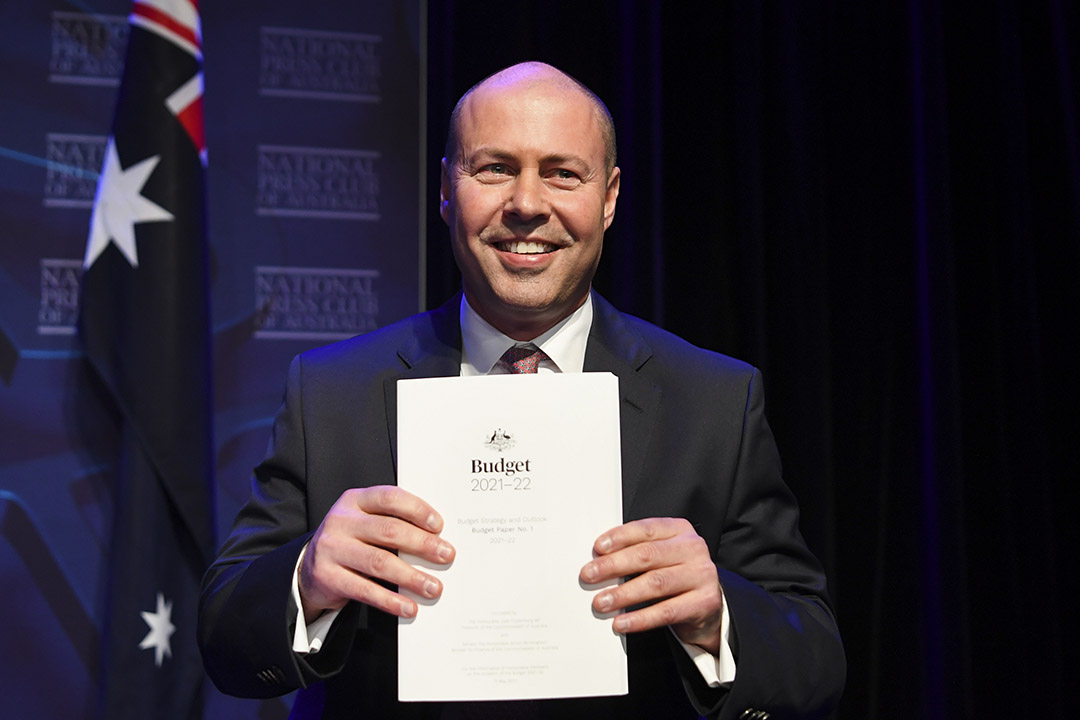

Last Tuesday’s Federal Budget heralded further changes to the fantastically ‘tax efficient’ super system. Two of these changes will make the system more flexible for older Australians.
The most important change is the abolition of the work test for those aged 67 to 74. Retirees and others in that age bracket will now be able to top up their super by making non-concessional contributions without having to meet the ‘work test’.
They can contribute up to $110,000 of their own monies to super. They will also be able to access the ‘bring-forward rule’, where they can potentially make three years’ worth of non-concessional contributions (up to $330,000) in one hit. A couple could potentially get $660,000 into super.
As always, there are a couple of caveats. The new rules won’t apply till 1 July 2022 and are subject to the passing of legislation. Secondly, the ability to make non-concessional contributions and access the ‘bring forward rule’ is governed by your total superannuation balance. If this is more than $1.7m (from 1/7/21), you are not eligible to make non-concessional contributions. Salary sacrifice contributions will also be allowed for those aged 67 to 74 (which are subject to the concessional cap of $27,500).
The other change for older Australians is the minimum age to make a ‘downsizer’ contribution has been reduced from 65 years to 60 years. You can make a downsizer contribution of up to $300,000 per person from the proceeds of selling the family home. You need to have owned the home for more than 10 years and it needs to be your main residence. Importantly, the ‘downsizer’ contribution doesn’t count against your non-concessional cap limit, so it is an easy way to boost retirement savings which can then grow in a concessionally taxed environment – up to 15% in the accumulation phase and 0% in the retirement phase.
Again, the change won’t take effect until 1 July 2022. Downsizer contributions need to be made within 90 days of receiving the proceeds of the sale.
For younger Australians, the maximum amount that can be released from super under the First Home Super Saver Scheme will be increased on 1 July 2022 from $30,000 to $50,000. This is a “no-brainer” of a scheme for young Australians saving for their first home. Under the scheme, they can contribute additional amounts into super via salary sacrifice (up to $15,000 per annum), have these amount grow at a guaranteed rate about 3% above the term deposit rate in a concessionally taxed environment, and then access these to help purchase their first home. A couple could potentially save $100,000 through this scheme.
Working Australians will see their first increase in the super contribution rate since 2014 when this changes to 10% on 1 July. Although not a “Budget measure”, the Government elected not to oppose the already legislated change. Employers will now contribute 10% of your ordinary earnings to super, so if you earn $100,000, your employer will put in $10,000 a year rather than the current $9,500. If you have salary sacrifice arrangements in place, you may need to check with your employer to make sure you don’t breach the concessional cap.
But this is also increasing. Thanks to inflation and indexation, the cap on concessional contributions will increase from $25,000 a year to $27,500 for the 21/22 financial year (i.e. from 1 July).
Concessional contributions include the compulsory 10.0% super guarantee amount your employer pays, plus any additional salary sacrifice contributions, plus any amount you contribute and claim a tax deduction for.
The cap on non-concessional contributions, which are amounts you contribute to super from your own monies, will also increase from $100,000 to $110,000 a year. Also being indexed is the test on your ‘total superannuation balance’. This rises from $1.6m to $1.7m, expanding eligibility for the government co-contribution and spouse tax offset.
On the pension side, the limit that controls how much of your super monies can be transferred to the “tax free” pension phase of super, the ‘transfer balance cap’, will be increased by $100,000 to $1.7m from 1 July. Persons who have already accessed their full cap of $1.6m won’t be eligible to contribute any more monies into the pension phase. Those who haven’t accessed any part of their cap (in other words, have never commenced a pension) will automatically get access to the higher limit of $1.7m. If you have started a pension but haven’t accessed the full amount of the cap, you will get a proportional increase. For example, if you started a pension of $800,000 under the old cap of $1.6m and had cap space of $800,000, post indexation, your cap space will increase proportionally to $850,000 (meaning that you transfer balance cap will now be $1,650,000).
Unrelated to the indexation of monetary caps and limits is the end of a special Covid-19 relief measure. This saw the halving of the minimum annual pension payment that account based pension holders were required to take. From July 1, these will revert back to the pre-Covid levels: a minimum of 4% of your account balance if under 65 (for example, if the account based pension has a balance of $1,000,000, the minimum annual pension payment is $40,000); 5% of the balance if aged from 65 to 74; 6% if aged from 75 to 79; 7% if aged from 80 to 84; 9% if aged from 85 to 89; 11% if aged from 90 to 94; and 14% if 95 years or older. As usual, the changes keep coming to super.